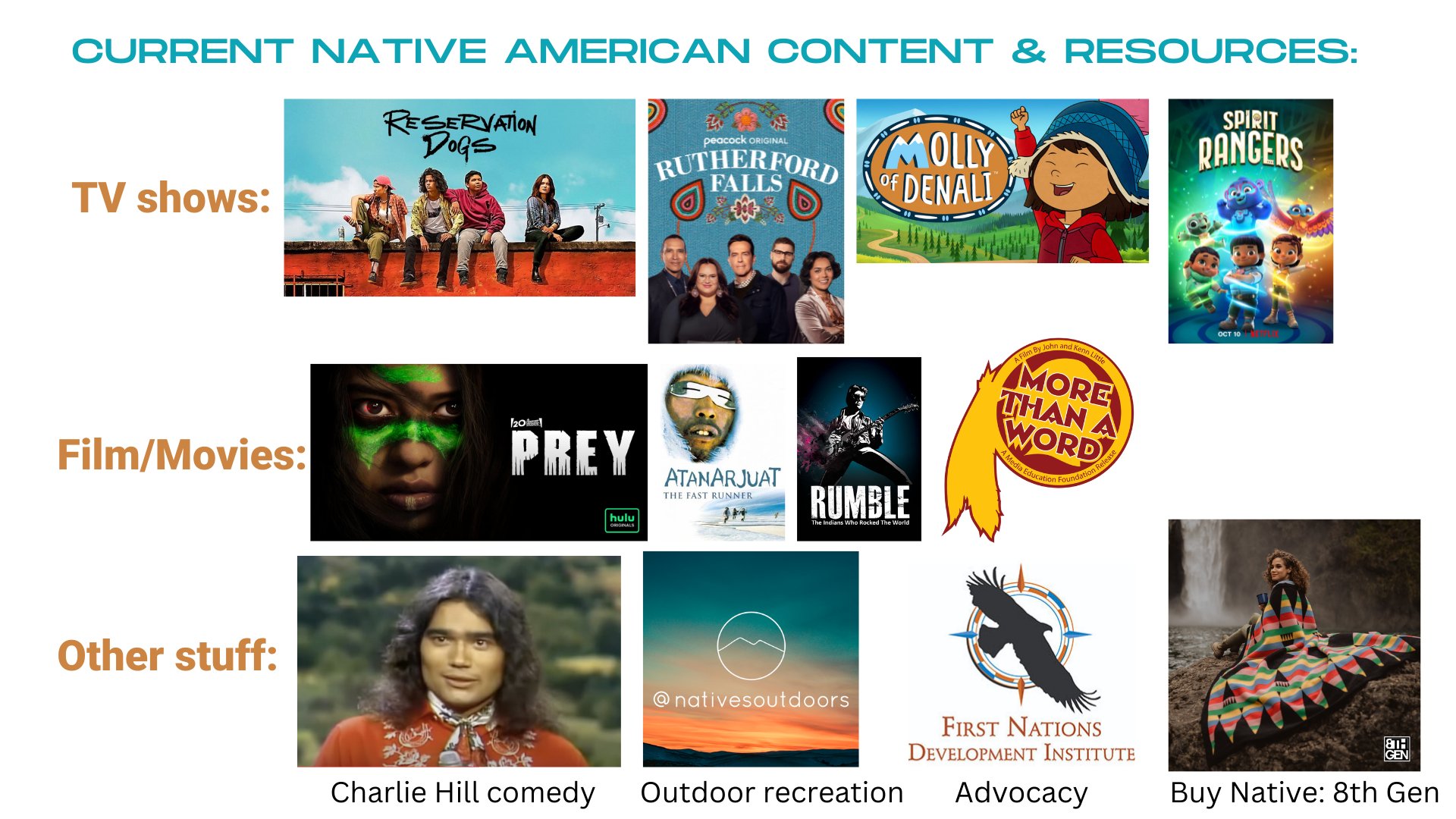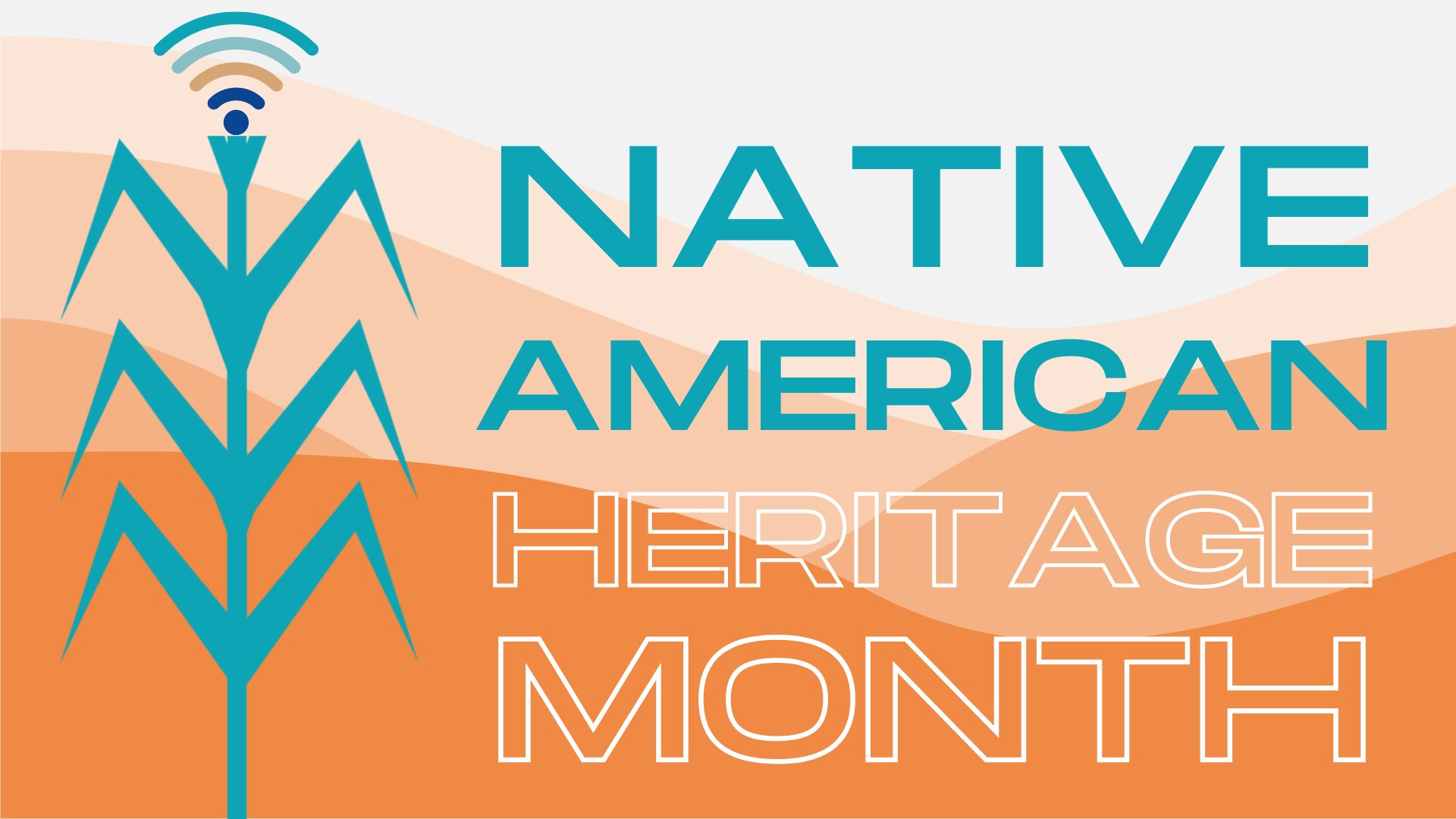
AMERIND and Cayuse Native Solutions Share Digital Inclusion Progress in Tribes
Throughout Native American Heritage Month, our amazing partners at AMERIND Critical Infrastructure provided us with information on how Tribal entities continue to strive for digital equity.
Tribal Nations Working Toward Digital Equity
Given the rich diversity of each Tribe and the unique challenges they face, Tribal leaders engage in digital inclusion work alongside community leaders to tailor solutions for their citizens. We have learned that local and Tribal internet service providers, along with key Tribally-led centers such as libraries and elder centers are key to bridging the digital divide.
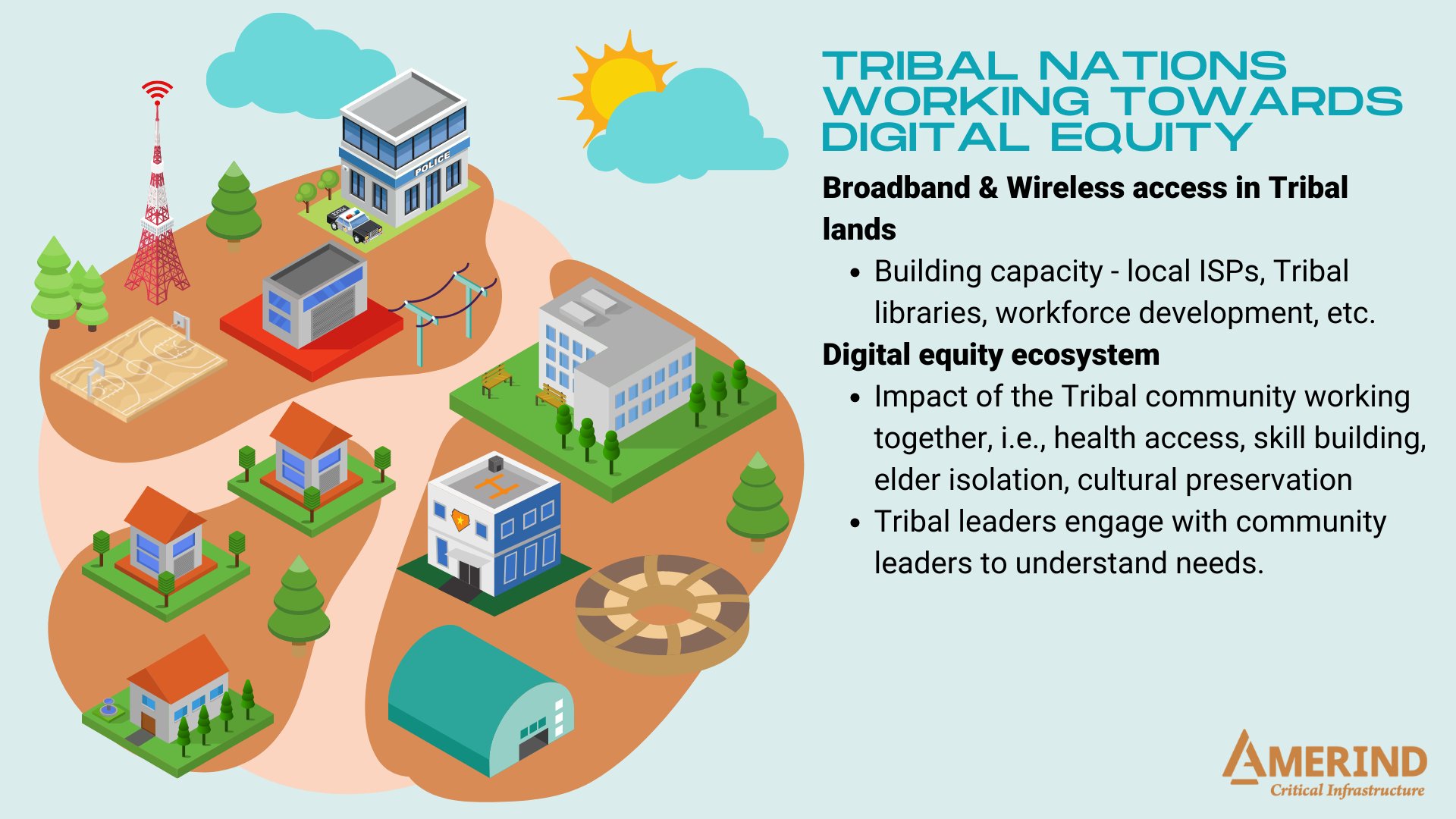
Digital Navigators in Indigenous Communities
Digital navigators are a core part of community success, and one of the goals of NDIA’s National Digital Navigator Corps is to help with individuals’ digital needs and adapt tools geared toward Native communities. Through the National Digital Navigator Corps, NDIA is proud to have multi-year partnerships with seven Tribes and three more entities serving Native communities. They are currently training digital navigators within their communities who will soon be deployed to help connect residents to internet access, devices, and digital skills.
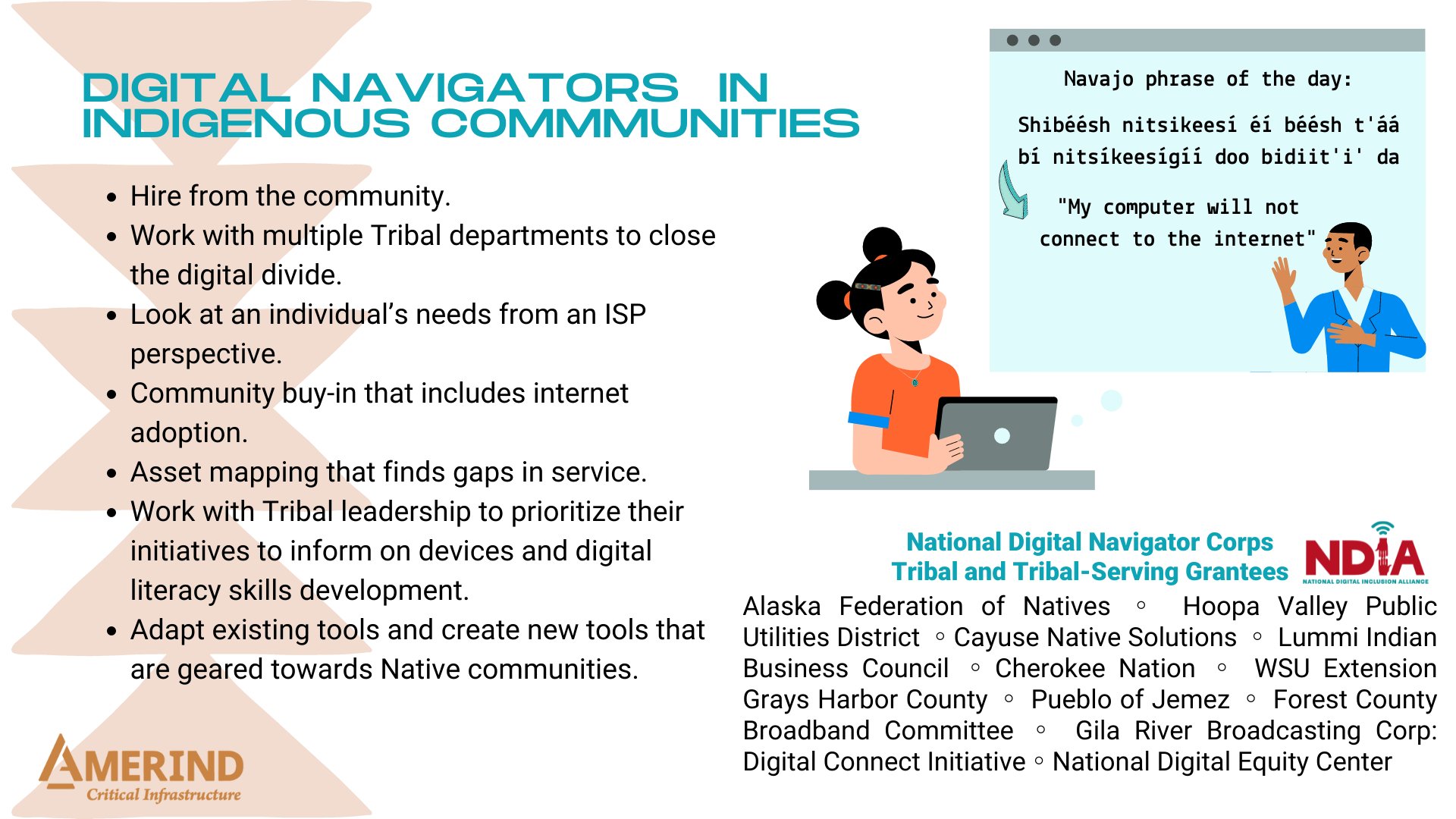
Q&A with Debra Croswell of Cayuse Native Solutions
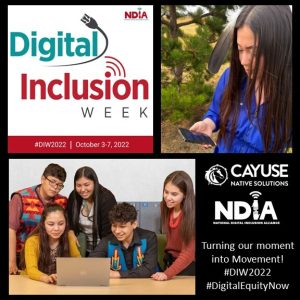 As the month comes to a close, we were so thrilled to speak with Debra Croswell, the president/executive managing director of Cayuse Native Solutions–one of the NDIA National Digital Navigator Corps Tribal organizations. While our collaborative efforts will continue far beyond Native American Heritage Month, this month provided a great moment to highlight digital inclusion work benefiting Native communities.
As the month comes to a close, we were so thrilled to speak with Debra Croswell, the president/executive managing director of Cayuse Native Solutions–one of the NDIA National Digital Navigator Corps Tribal organizations. While our collaborative efforts will continue far beyond Native American Heritage Month, this month provided a great moment to highlight digital inclusion work benefiting Native communities.
What area/Tribal nation(s) do you serve?
Cayuse Native Solutions is wholly owned by the Confederated Tribes of the Umatilla Indian Reservation. With our digital navigator program, we serve the Umatilla Indian Reservation, and with our other services (primarily digital marketing) we serve Tribes, Tribal entities, Native-owned small businesses, and other organizations that serve or work on behalf of Indigenous communities.
How did the pandemic highlight digital inclusion issues in your Tribe?
The community began to use remote work, adding Teams, Zoom, etc. to conduct meetings. My favorite use has been opening expanding General Council meetings, which continue today as a hybrid. This allows many more to attend.
What is something you want the national NDIA community to know about digital inclusion work on Tribal lands?
It shows growth and brings closer connections and ties between Tribes–not only in our own state or area, but across the nation. Digital inclusion helps us support each other not only as First Nation people, but to progress forward and be more aware of upcoming issues, such as the pandemic and ways to access needed medicines and emergency needs.
How will your digital navigator help move your digital inclusion efforts forward?
Our digital navigator’s goals include not only helping our Tribal community get internet connected and benefit from programs such as the ACP [Affordable Connectivity Program], but also coordinating and communicating with the other Oregon Tribes to do the same for their communities.
What is the most exciting part of having a digital navigator?
We can truly make a difference in people’s lives and livelihood. It will be amazing to have a dedicated resource to help our community towards digital equity, especially since [our digital navigator] is part of our community and is trusted by our community members. Our company is fairly new and this program helps build our reputation as well as provide an extremely valuable service that directly benefits our people.
What other departments or offices are working towards digital equity in your community? How are you working together to support each other and advocate for more access to devices or digital skills training?
As far as we know, we are the first in our community to take on this digital equity challenge. We are excited to be teaming with several departments from the Confederated Tribes of the Umatilla Indian Reservation government. Not only will we coordinate with service delivery staff such as case workers, but we are being included in the Tribe’s broadband project team conversations. We have also started briefing Tribal leaders and bringing them along on our digital equity mission. These collaborations are all part of our longer term goal of creating a digital inclusion program that will live beyond the life of this funding opportunity.
Key Information to Understand When Working with Tribes
As digital inclusion work continues to expand nationwide, we strongly encourage members of our community who are not Indigenous to remember that in the United States there are currently 574 sovereign Tribes. There is no one-size-fits-all approach when working with Tribes and Native entities.
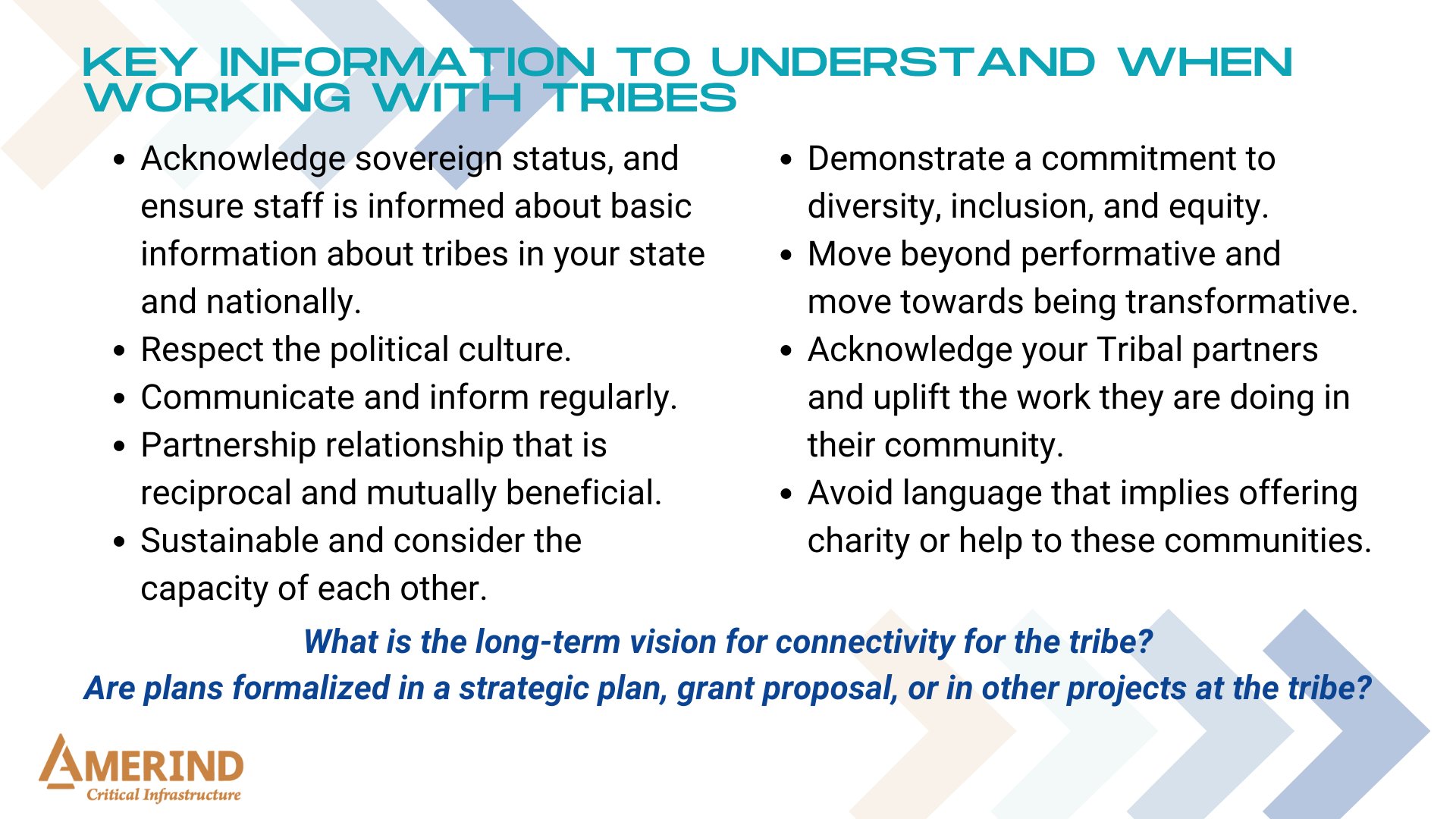
We hope that our community will continue to pursue knowledge and understanding of the rich, diverse cultures of our Tribal partners well beyond Native American Heritage Month.
We also would like to thank AMERIND, and in particular Davida Delmar, digital inclusion manager, for their efforts and resources, including the graphics and information within this post.
Current Native American Content & Resources
Lastly, for those who may want to explore more media and resources, our partners have the following recommendations for new sources, documentaries, media, and more resources that you can check out!
